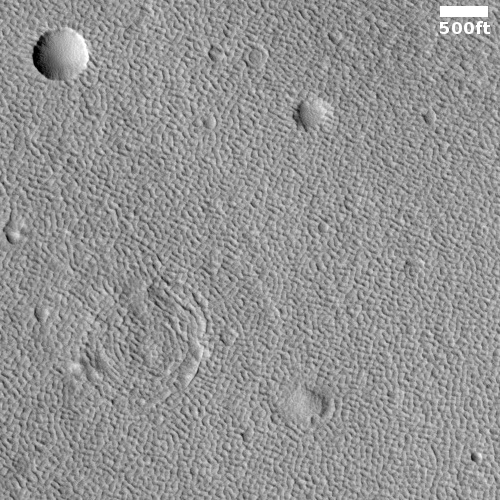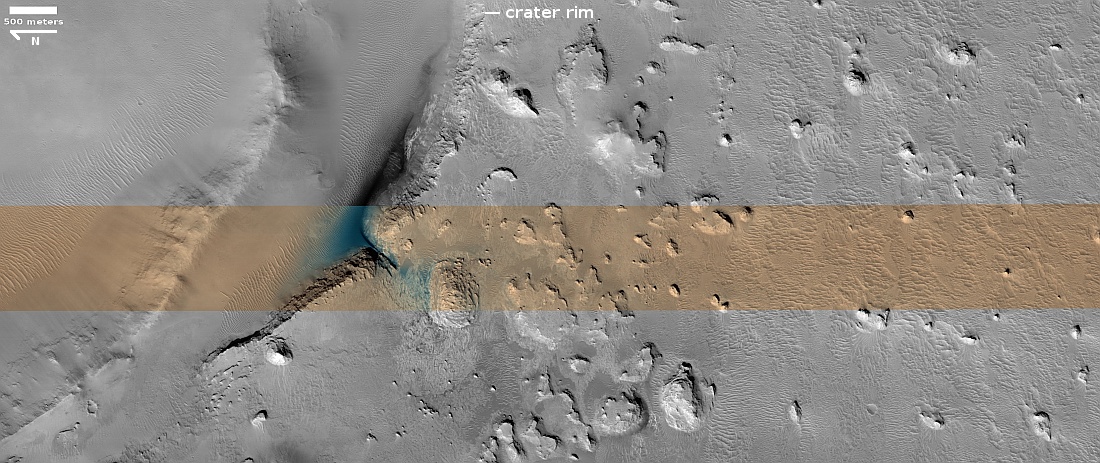Las Vegas developer touts spaceport plan
A Las Vegas developer is publicizing his plan to build a spaceport for rockets and spaceplanes on his 240 acre lot, with launches taking place within five to seven years.
He is also building a hotel/casino at this location, and I suspect the spaceport proposal’s purpose has more to do with publicizing that casino than actually launching rockets. He claims he will have a spaceport permit in two years, but for him to get such a thing for this land-based site is questionable.
The developer is also proposing to include a space-focused engineering school at the site, as well as fly zero-gravity planes from there, both of which are far more feasible.
A Las Vegas developer is publicizing his plan to build a spaceport for rockets and spaceplanes on his 240 acre lot, with launches taking place within five to seven years.
He is also building a hotel/casino at this location, and I suspect the spaceport proposal’s purpose has more to do with publicizing that casino than actually launching rockets. He claims he will have a spaceport permit in two years, but for him to get such a thing for this land-based site is questionable.
The developer is also proposing to include a space-focused engineering school at the site, as well as fly zero-gravity planes from there, both of which are far more feasible.












